One of our favorite pastimes around here is scanning through classified ads looking at potential project cars. We’ll gleefully sped hours drooling over roller El Caminos, rusty Rangers, totaled Porsches, and “ran when parked” Civics.
…And that got us thinking:
What Factors Make Up the Best Project Car?
***
So we’ll try to answer that as best we can to help potential builders along with their first (or latest) project.
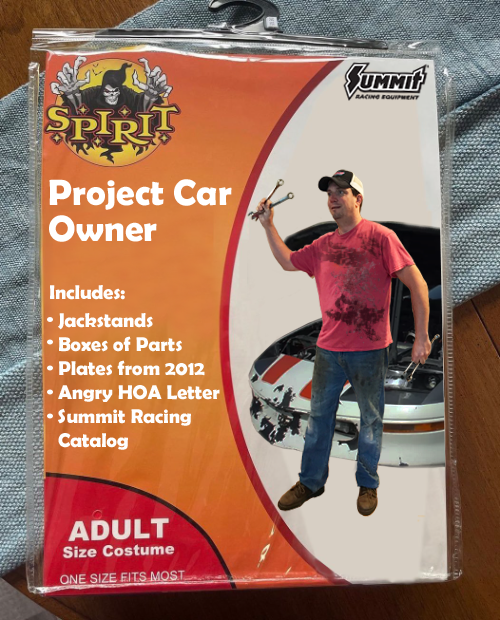
What is a Project Car?
(Note: For this article, we’re using the term “Project Car” to refer to any vehicle, cars and trucks, both classic and modern.)
Let’s get a rough baseline established first.
To us, a project car means a vehicle that needs a significant amount of work to be safe and roadworthy. Now admittedly, that could mean about 100 different things to 100 different people, but generally speaking, a project car goes beyond something that needs fresh gas, a tune-up, and a set of tires.
Specifically, a project car (in our minds) is something that needs a little bit of everything, inside and out—from mechanicals to cosmetics—to address the vehicle’s comfort, reliability, performance, and most importantly, safety.
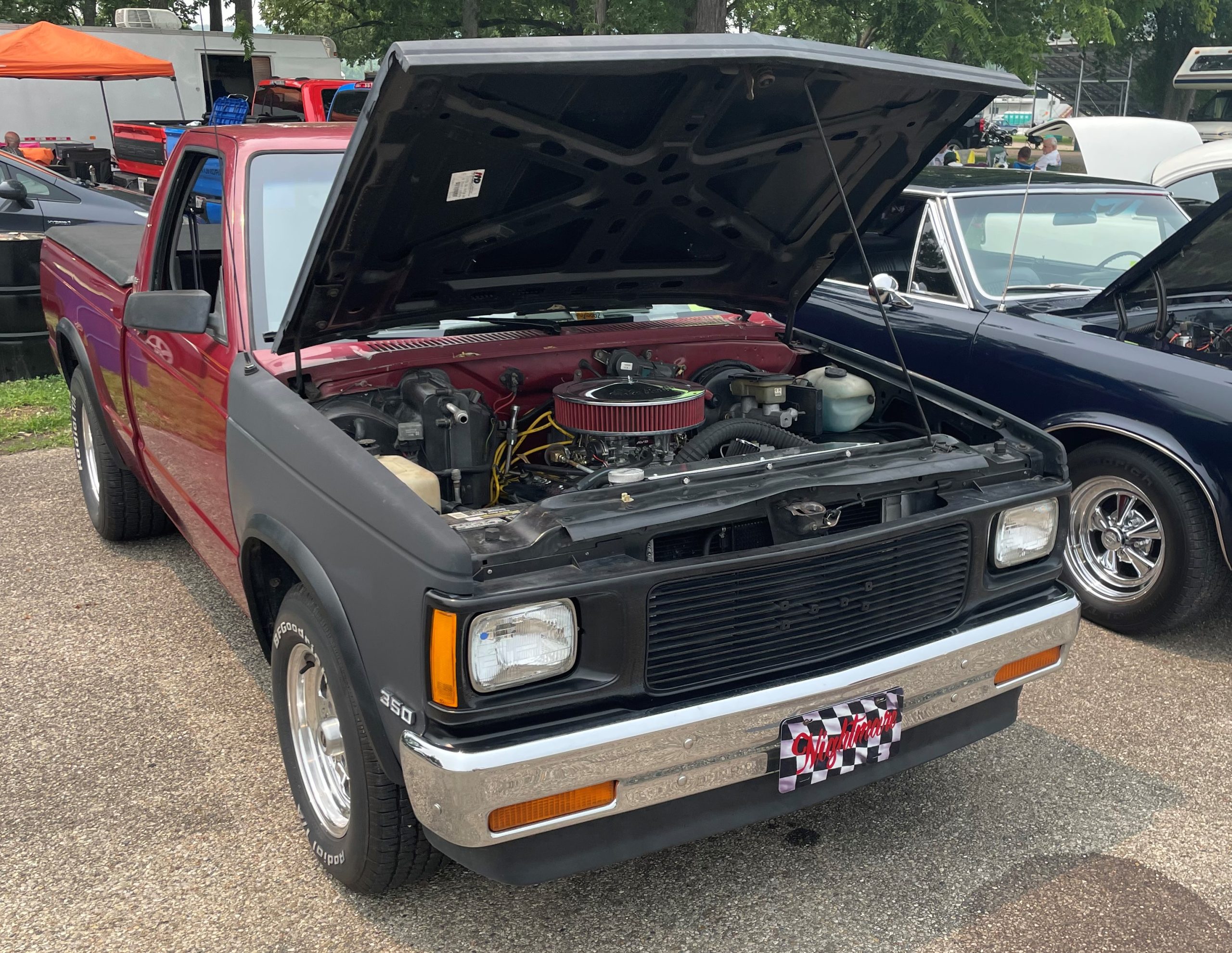
***
Why Get a Project Car?
There’s a big point to consider before we dive in: Forget all those hyped-up “barn find” reality shows.
No, you won’t make fistfuls of money by fixing up a classic car like they do in a 22 minute episode of TV.
In fact, when you factor in your time spent, you probably won’t make much money by taking on a project car—but you might be able to save some and build yourself a pretty awesome ride that you wouldn’t have been able to afford otherwise.
Indeed, the appeal of a project car is that you’re getting it for the fraction of the cost a restored one—just know that you’ll be pouring in some serious sweat equity, while spreading out the cost of replacement/upgrade parts over the coming months and/or years.
Consider it a learning process, a method to develop some vital skills and automotive knowledge, while putting together a cool vehicle along the way.
You’ll probably want to read this article too: 10 Things to Inspect Before Buying an Old, Vintage, Classic, or Collectible Car
Here’s another important baseline to establish before heading down the project car route: Determining the goal of the build. Will it be a nut-and-bolt restoration? Do you plan on future upgrades? Are you commuting with it?
Having a clear understanding of the path you’re taking during the project will help out immensely once you’re elbow-deep in the vehicle.
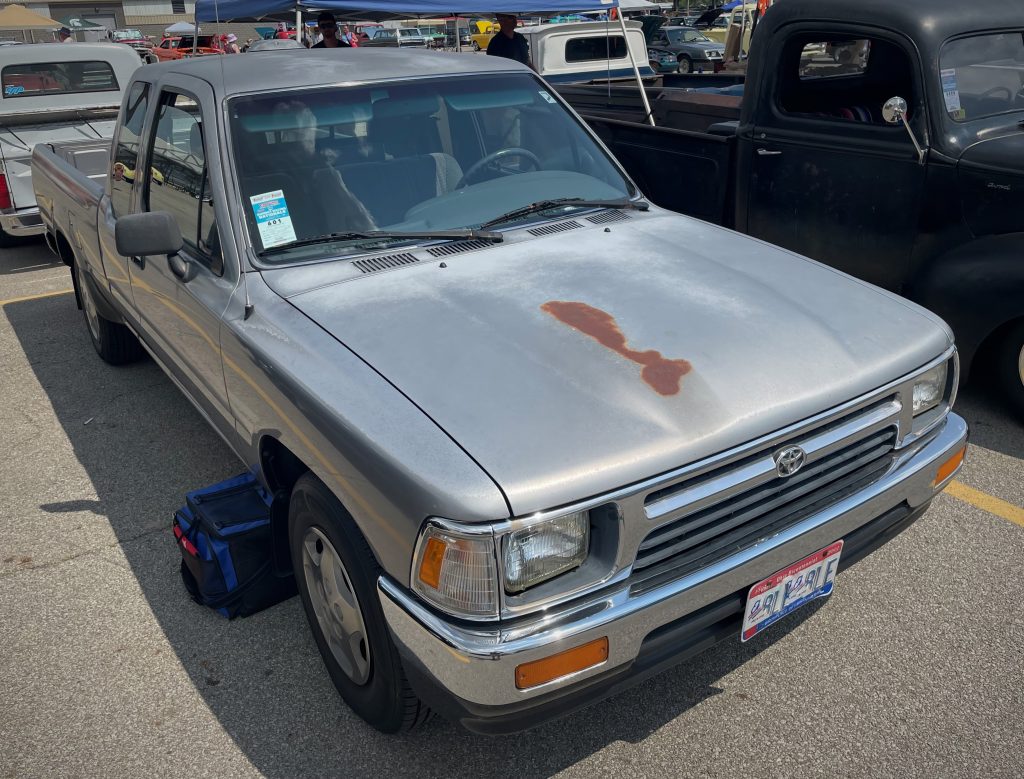
***
But First! Gauge Your Skills, Abilities & Free Time
While some of the factors are easy to quantify, this one certainly is not—as it’ll be completely dependent on your own realistic expectations of your skills, time, and abilities.
For starters, many first-timers often underestimate the time commitment, and that’s doubly true if you’re farming out a lot of the work to third-party shops. But even if you plan on doing a bulk of the work yourself, it’s likely going to take a lot longer than you think.
In fact, we recall this comment from our pal and automotive paint and body expert Kevin Tetz:
“People have a misconception about how long it’s going to take. It’s immense, so let’s break it down a little bit. Let’s say we’ve got a 40 hour work week. So now we’ve only got Saturday and Sunday. It’s nine o’clock in the morning, I get out into the shop and work until about four, that’s maybe about six, seven hours. Same thing on Sunday. That’s about 12 hours of real work time on my car, a week.
“So if you consider your average paint job is going to take about 200 hours, just for a basic scuff-n-shoot—that’s going to take up a lot of weekends. I just tell people to be realistic with their expectations.”
Kevin Tetz, founder of the Paintucation training system
Speaking of DIY’ing. If you’ve never welded or done bodywork before, those skills are difficult to learn quickly and take years to hone. Same deal with troubleshooting electrical work and a lot of other technical aspects of a project car build.
But don’t despair, part of the appeal of a project car is that it gives you the opportunity to learn new capabilities—just be prepared to put the proverbial shoulder to the grindstone and be extra patient.
The end result is an awesome car that you know inside and out, and a mental toolbox filled up with new talents and skills.
How much can you learn along the way? This guy went from doing basic mechanical repairs to building a complete kit car in his garage. Hear his story in this podcast episode:
***
5 Factors to Assess Before Buying a Project Car
***
1. Parts Support/Availability
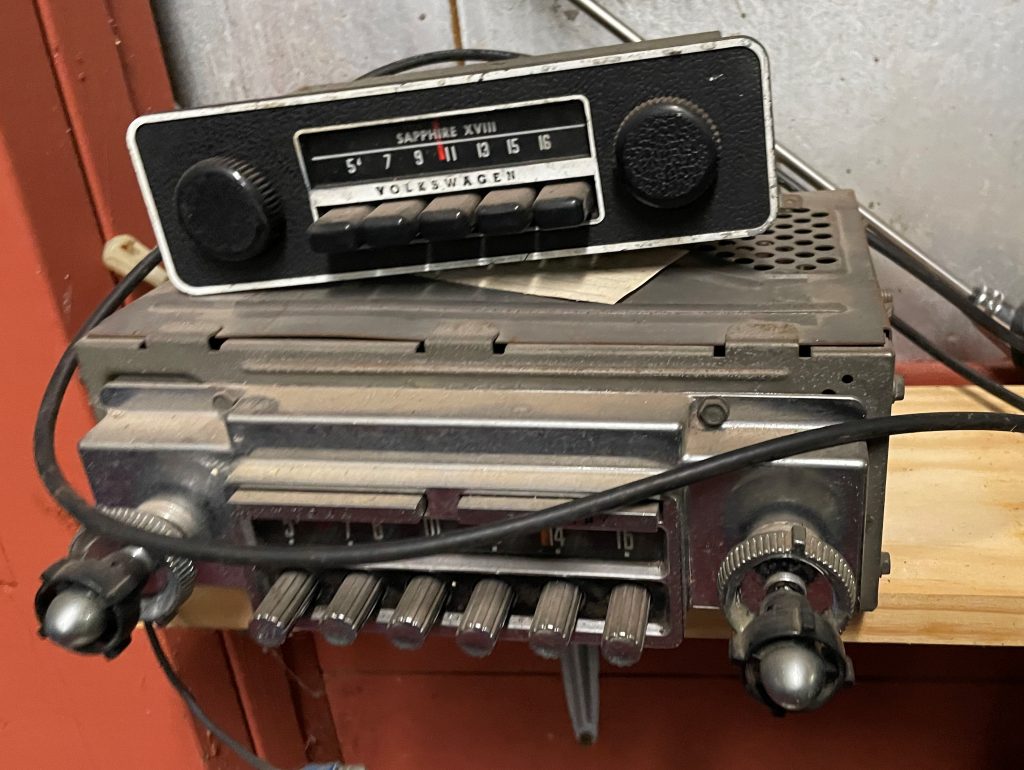
This might be obvious, but the ability to open up a restoration parts catalog and order, say, a reproduction bumper, fender, or steering wheel is incredibly beneficial. Many project car builds have been stymied by a single missing part or unobtanium piece.
Understand that popular cars and trucks with long production runs from mainstream manufacturers will likely have far better parts support than a limited-release, unique, or otherwise exotic vehicle. So, if you’re new to all this, you’ll probably want to choose a project car with parts availability in mind.
Sure, with a rare car you may get lucky and score a NOS part at a swap meet, but more often than not, you’re stuck scouring online classifieds or, worse yet, sketchy auction sites on the hopes that you’ll be able to pick up a useable original piece—without spending a king’s ransom.
That means not only examining what parts are salvageable on your particular project car, but also thinking ahead to what could be lurking under those mildewed floor mats or behind that sun-scorched dash.
***
2. Knowledge Base/Online Community

Regardless of the car you’re looking at, there’s a good chance there’s a community of close-knit gearheads who are dedicated to keeping them on the road. The question is, how big of a community is it?
Back in the early 2000s, model- or marque-specific enthusiast forums rose to prominence as the go-to source of “hive mind” knowledge, allowing you to draw upon a collective network of like-minded gearheads to help solve your issues, get parts recommendations, and glean bits of sage advice. While their popularity often ebbs and flows, many forums are still going strong—so see if there’s one out there for your project car or truck.
For another critical test of potential community support, do an internet search for a common, typical issue related to your project car, like “1981 Camaro brake light won’t work” and count how many results you’ll find. If the search only pulls up a handful of pages or sites, then it may hint towards a small amount of searchable resources on that specific vehicle make/model, which may hinder your project vehicle’s progress.
The Summit Racing tech department is always available to help you solve problems and work through specific aspects of your project. You can contact the Summit Racing tech dept. here, anytime.
***
3. Storage Condition & Owner Records

As opposed to the other points on our list, this one is far more qualitative and subjective. But the vehicle’s ownership history and storage environment can tell you a lot about its overall condition. For instance, if the trunk is filled with handwritten logs of fill-ups and oil changes, then it’s fair to say the owner(s) took some care when maintaining the car or truck.
Conversely, if the vehicle is on its 15th owner, and there’s a stack of old phone books on the front seat, then you’re probably right to approach the car with some trepidation.
Speaking of storage, it’s obviously better to look for a car that’s been stored inside on concrete. Be wary of vehicles that were parked in barns or carports with dirt or gravel floors. Moisture often creeps up out of the ground to rust the car from the bottom up, and dirt/mud can act as a sponge to trap groundwater and keep the vehicle’s chassis perpetually damp.
***
4. Low Mileage vs. Regularly Driven

There is a perpetual debate on whether it’s more beneficial to drive a vehicle regularly or keep it tucked away in garage. And that translates directly into the value of a prospective project car too.
In our opinion, we’d typically prefer a higher-mileage car that’s driven routinely versus a low mileage example that’s been in storage for years. That’s because driving a vehicle helps keep fluids circulating—which (among other benefits) lubricates critical parts to prevent them from seizing and keeps hoses and gaskets impregnated with fluid, which can prevent them from drying out.
More importantly, you can learn a lot from the sound of a running, driving car. Things like rod knock, improper driveline angle, failing wheel bearings can all be (somewhat) diagnosed by ear. Here are a few articles that can help you with that:
- Engine Noises and What They Could Mean
- How to Diagnose Front Suspension Shakes, Shimmies, or Noises
- Quick Guide to Diagnosing Differential & Driveline Noises
***
5. Title: Rebuilt/Salvage, Bill of Sale & Out-of-State

This cannot be over-stated: The title is everything. Without it, you don’t have a street legal car.
And while the seller may offer a “Bill of Sale,” often times that document alone has little to no value to the Title Agency without supporting forms of collateral materials. Depending on the state, getting a vehicle title is often a lengthy, cumbersome process, and pretty much all the burden of ownership proof falls on your shoulders. If you’re considering purchasing a vehicle with only a bill of sale, exercise caution(!) and research it extensively—including making a few trips to your local Title Agency and DMV beforehand to ensure both you AND the seller(!) are familiar with how the process works before opening your wallet.
Salvage and rebuildable/rebuilt titles should also be approached carefully, because the vehicle itself is only part of the equation.
While mechanical condition is obviously a massive question here, the big (and often overlooked) caveat with rebuilt and salvage titles, is that many insurance companies may add a significant financial premium to these vehicles—if they even offer you a policy to begin with. (We’ve heard of similar entanglements regarding how homemade kit cars are titled/registered as well.) So it’s very important to talk to your prospective insurance company on the particulars of the salvage/rebuilt title project car you’re looking at.
On the flipside, out-of-state titles are—in our experience, anyway—relatively easy to deal with, provided you’re familiar with the specific requirements your state’s DMV asks for. Again, a simple visit to your neighborhood DMV and/or an online search might clear up a lot of confusion on the process.
***
Some of Our Recommended “Best” Project Cars
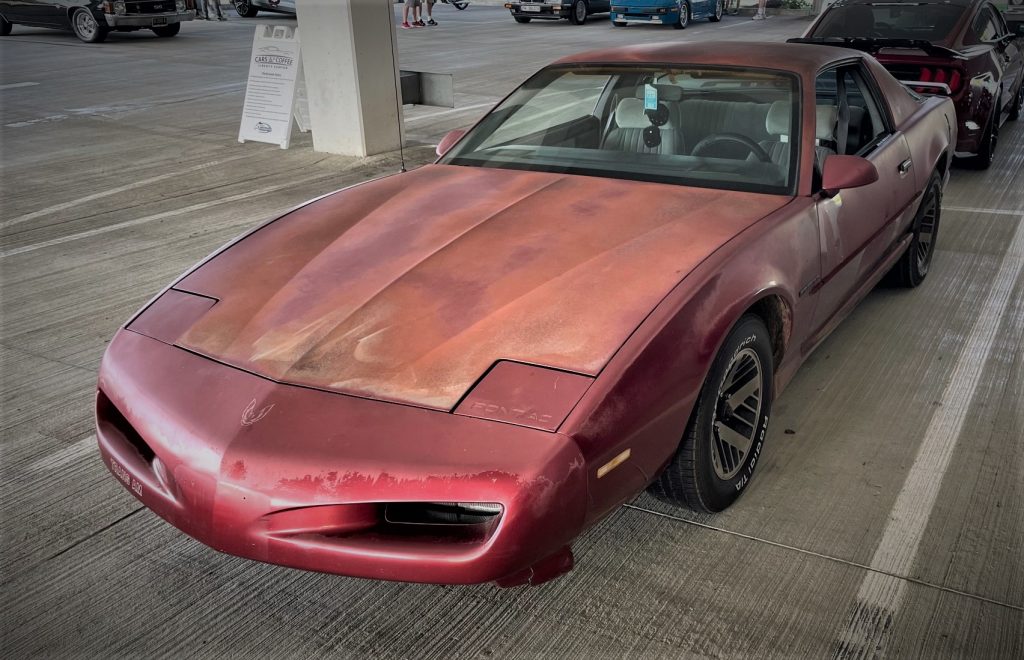
Ok, so all that said, what are some actual car and truck models that would be considered the “best” project cars out there? While that’s obviously a nuanced question, some popular models bubble to the surface pretty quickly.
So, balancing some of the broader topics we discussed earlier (primarily the vehicle’s knowledge base, the enthusiast community, and parts availability), here are a handful of vehicles that often make good project cars for someone looking to get into the gearhead hobby.
- Chevy Camaro/Pontiac Firebird
- C4 Corvette
- Ford Mustang
- Ford Fairmont
- Chevy/GMC S-Series Truck
- Chevy/GMC C-Series Truck
- Ford F-Series Truck
- Ford Ranger/Mazda B-Series Truck
- Toyota Tacoma
- Dodge Dart/Plymouth Scamp
- GM G-Body (Monte Carlo, Grand Prix, Cutlass Supreme, Regal)
- Honda Civic
- Mazda Miata
This is by no means an exhaustive list—certainly many car and truck models make excellent project candidates. The models mentioned above were chosen because of the vehicle’s overall production totals, ample parts availability, and broad enthusiast communities that can offer support during the project.
***
How to Evaluate a Specific Project Car
Finally, since all project vehicles are different with their own set of unique characteristics, the folks at Summit Racing put together this in-depth video that shows you some things to look for when evaluating a potential project car.
At over 15 minutes long, it doesn’t skimp on the details. In fact, it’s packed with helpful insight and tips to ensure you’re able to fully asses a project car candidate before making a purchase. Check out the full video below:

Comments